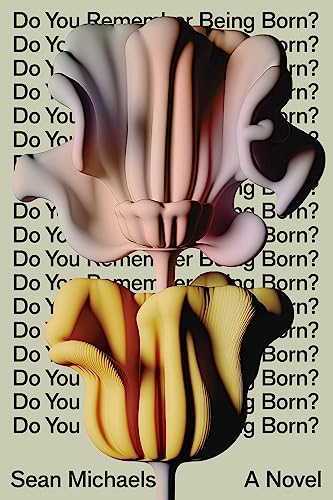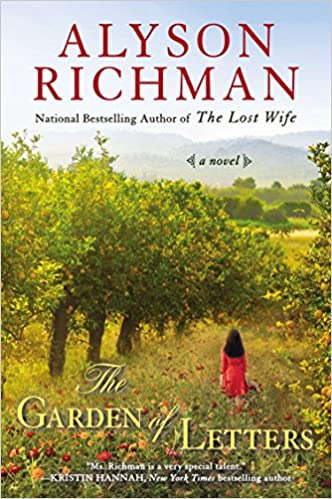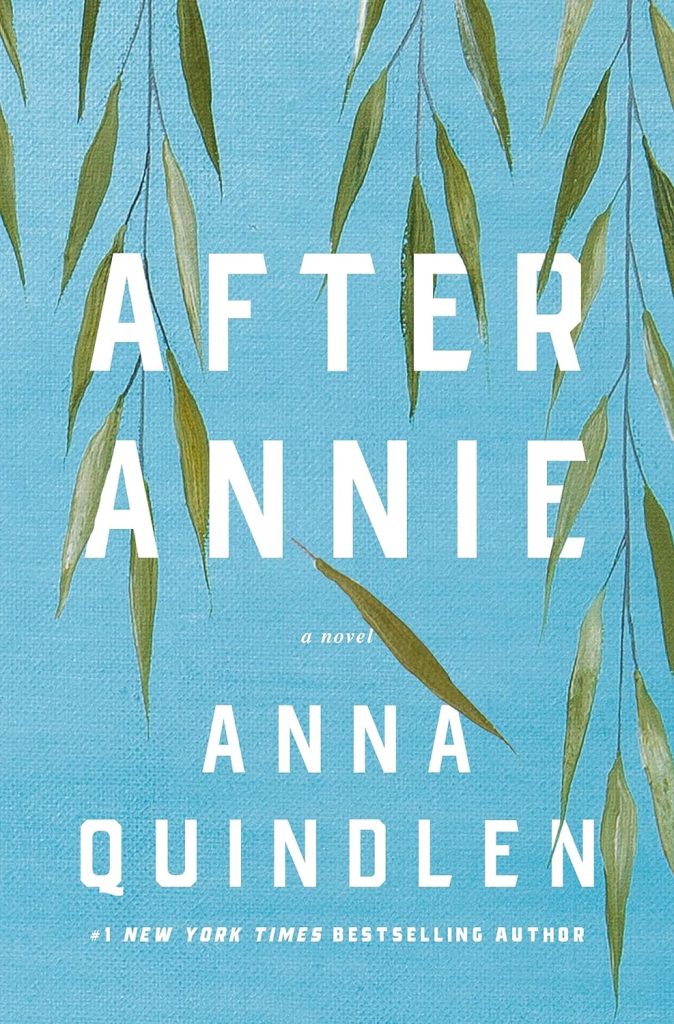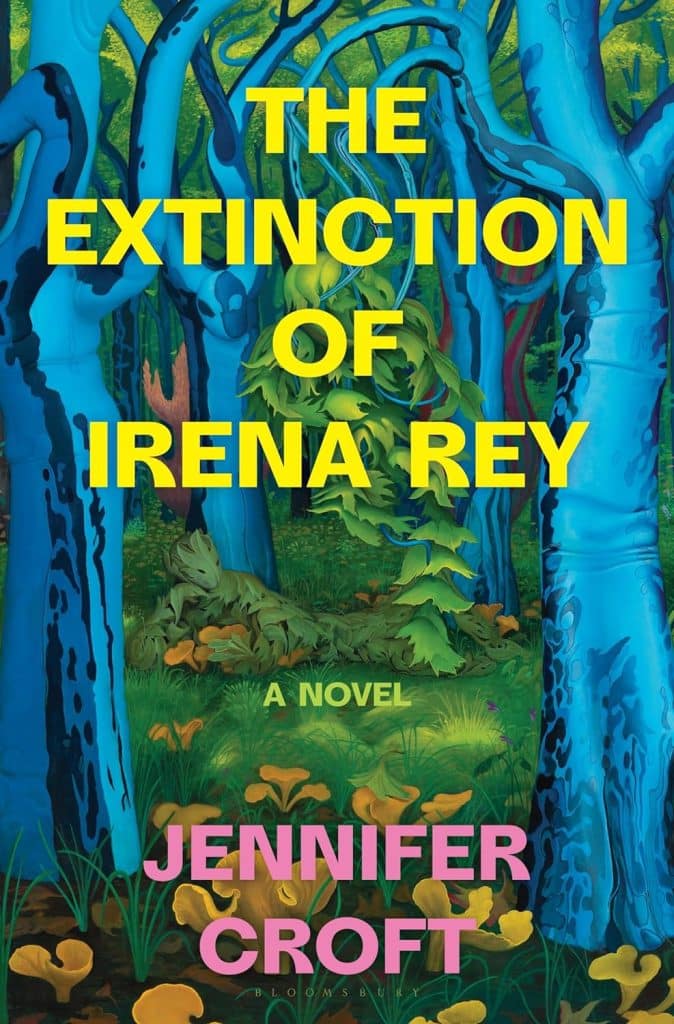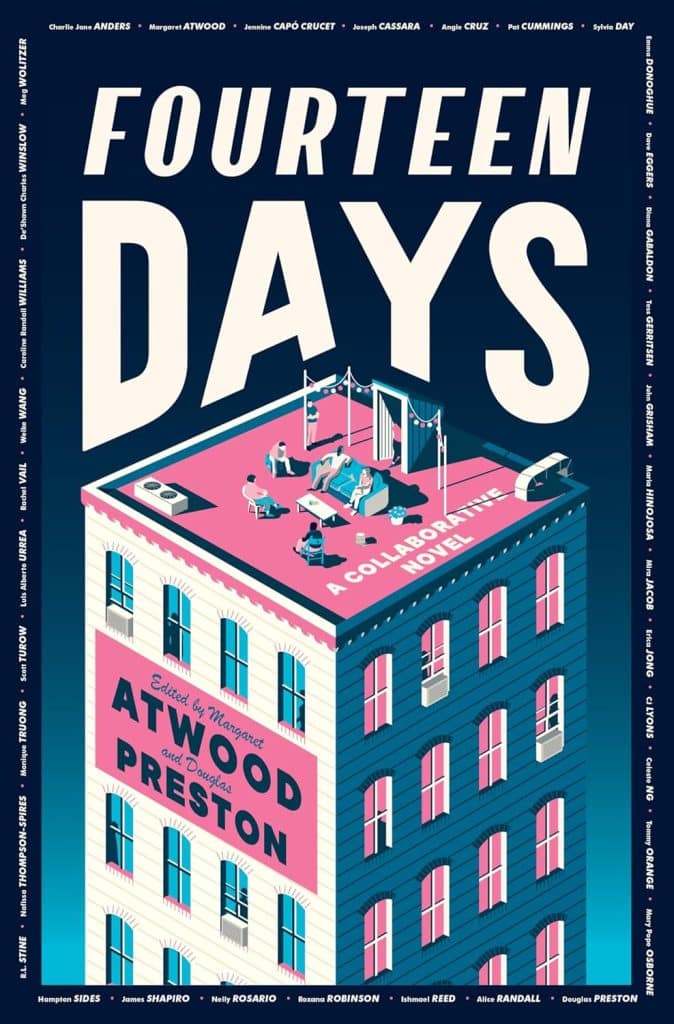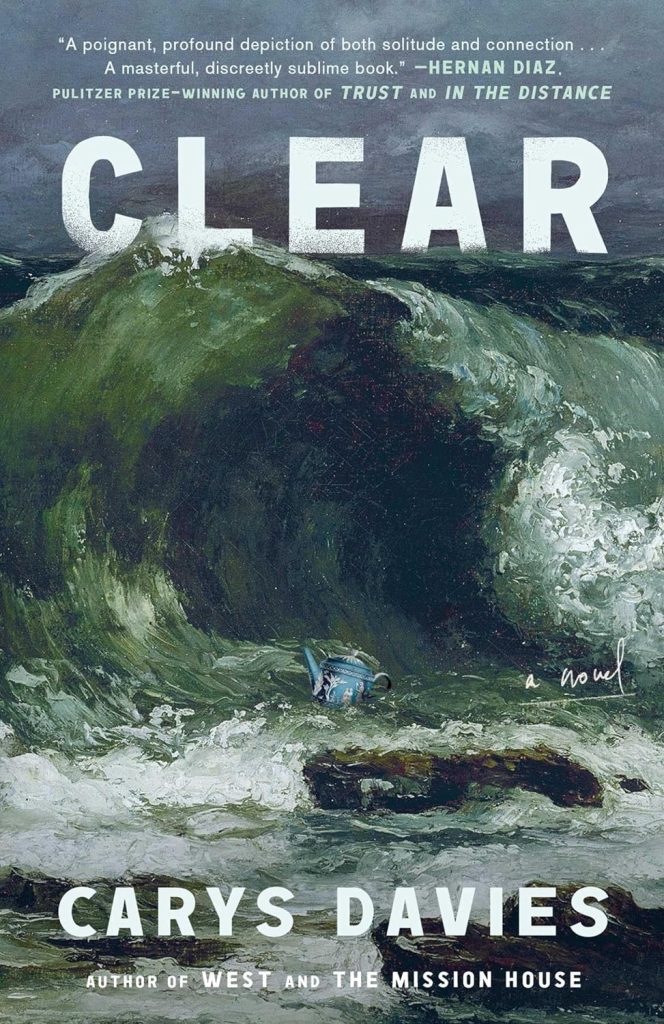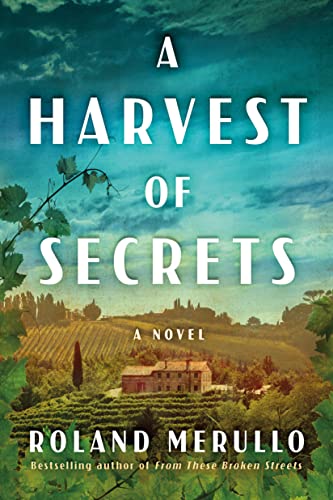
A Harvest of Secrets: A Novel
Estimated reading time: 1 minute, 44 secondsAfter reading Aftermirth, I wanted a book I could enjoy without raising questions I was not ready to answer. A Harvest of Secrets by Roland Merullo was set in Italy in 1943. The terror seeds planted by Hitler brought Allied forces to Italian soil. Young lovers separated by war—one near a Tuscan hill town, the other a soldier on the Sicilian front—will meet any challenge to reunite. Historical fiction is a genre I enjoy. Will this book fulfill my needs? The answer is yes.
The web of secrets that are harvested kept me on my toes. Usually, the surprises of a novel are ones that I know even before finishing the book. At least one of the secrets did surprise me.
I also found the background of the war and loyalty to Il Duce a reminder that blind loyalty to a leader can destroy a nation.
I recommend this book.
The Goodreads summary provides an overview.
Vittoria SanAntonio, the daughter of a prosperous vineyard owner, is caught in a web of family secrets. Defying her domineering father, she has fallen for humble vineyard keeper Carlo Conte. When Carlo is conscripted into Mussolini’s army, it sets a fire in Vittoria, and she joins the resistance. As the Nazi war machine encroaches, Vittoria is drawn into dangers as unknowable as those faced by the man she loves.
Badly wounded on the first day of the invasion, Carlo regains consciousness on a farm in Sicily. Nursed back to health by a kind family there, he embarks on an arduous journey north through his ravaged homeland. For Carlo and Vittoria, as wartime threats mount and their paths diverge, what lies ahead will test their courage as never before.
The Jan Lilien Education Fund sponsors ongoing sustainability and environmental awareness programs. All donations are tax-deductible.
I receive a commission when you buy a book or product using a link on this page. Thank you for supporting Sharing Jan’s Love blog.


